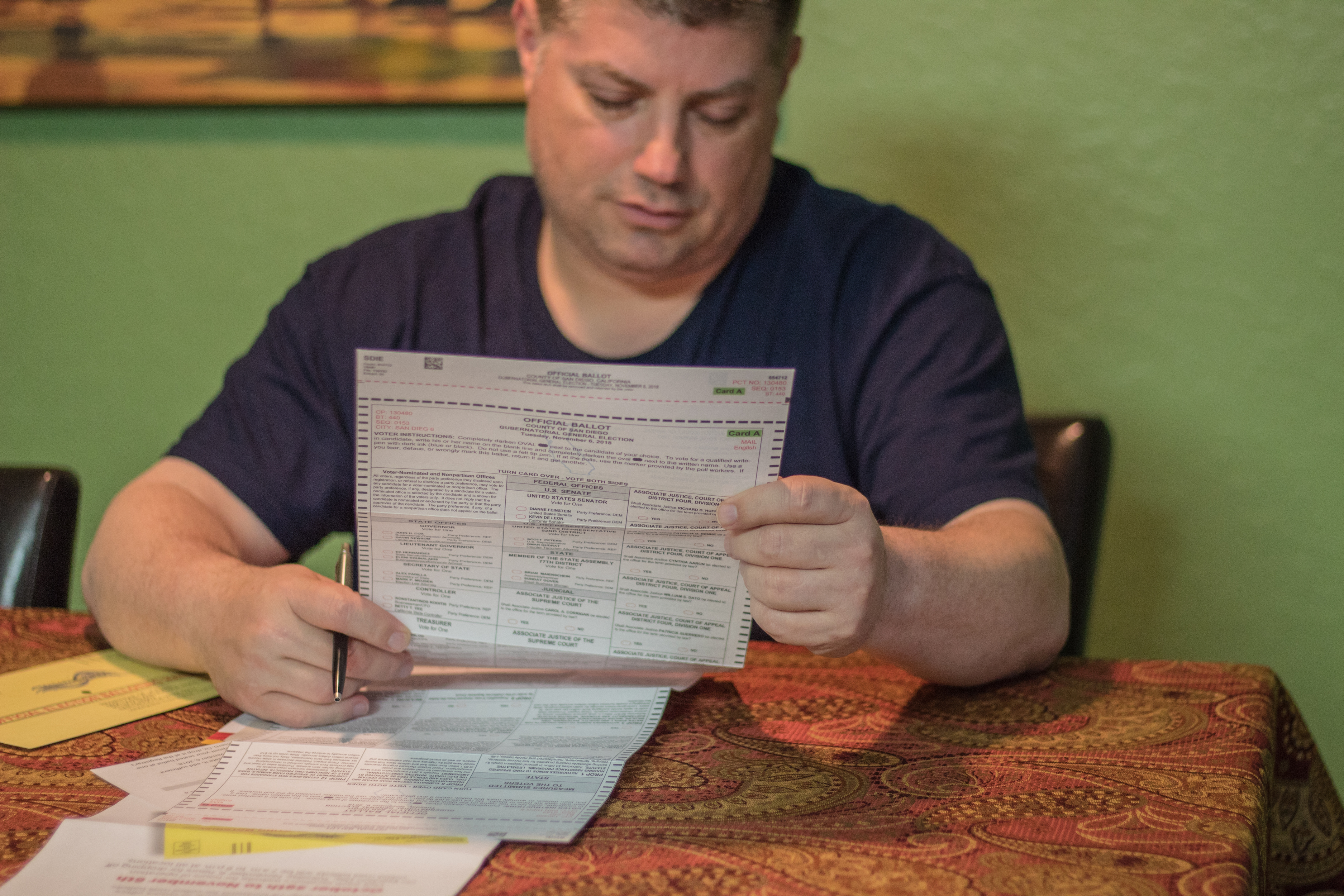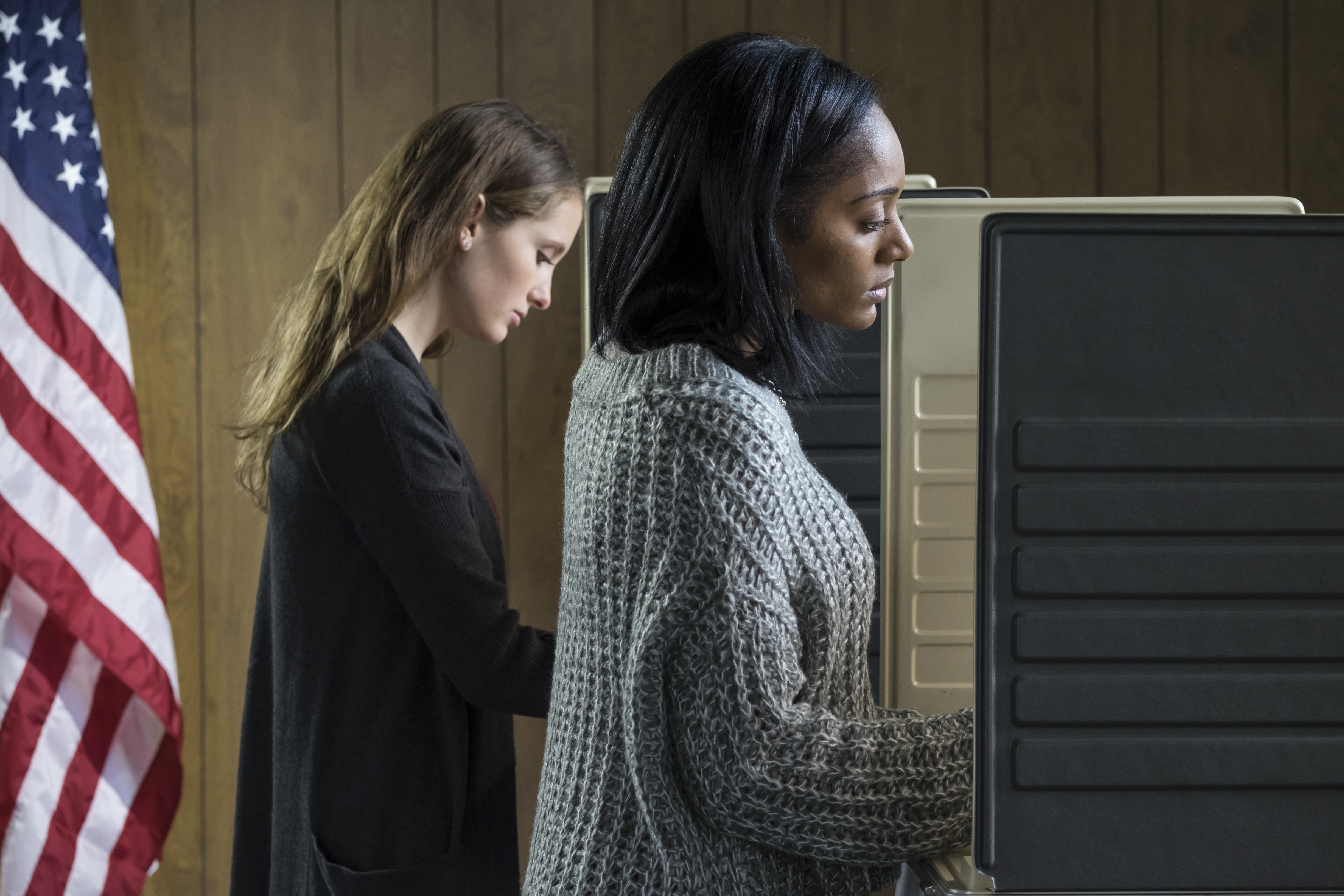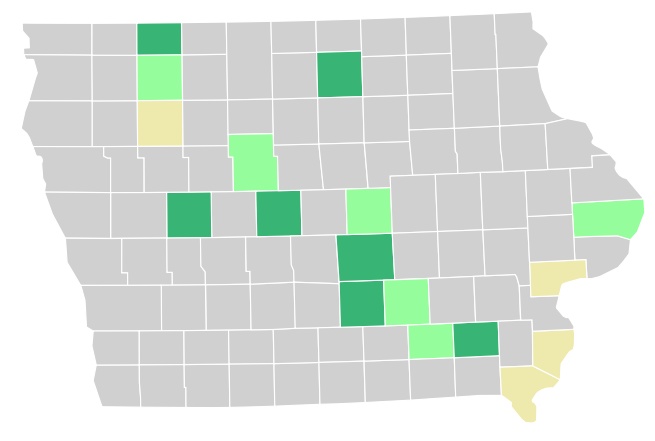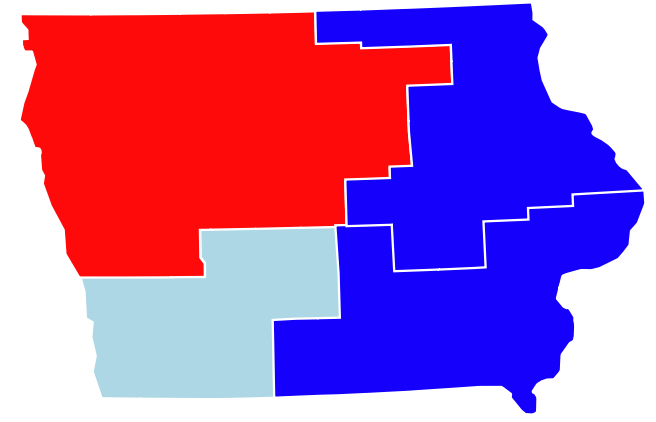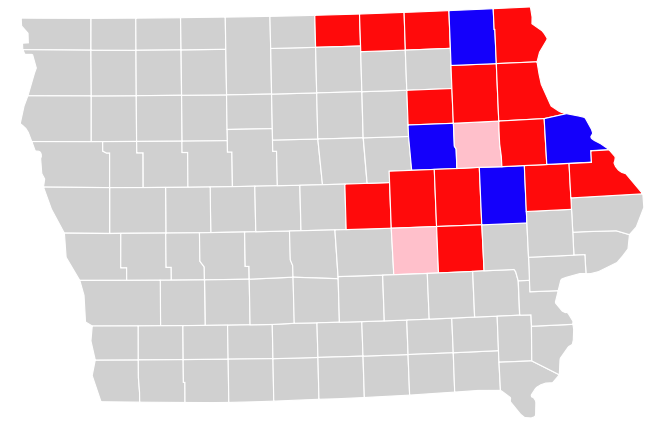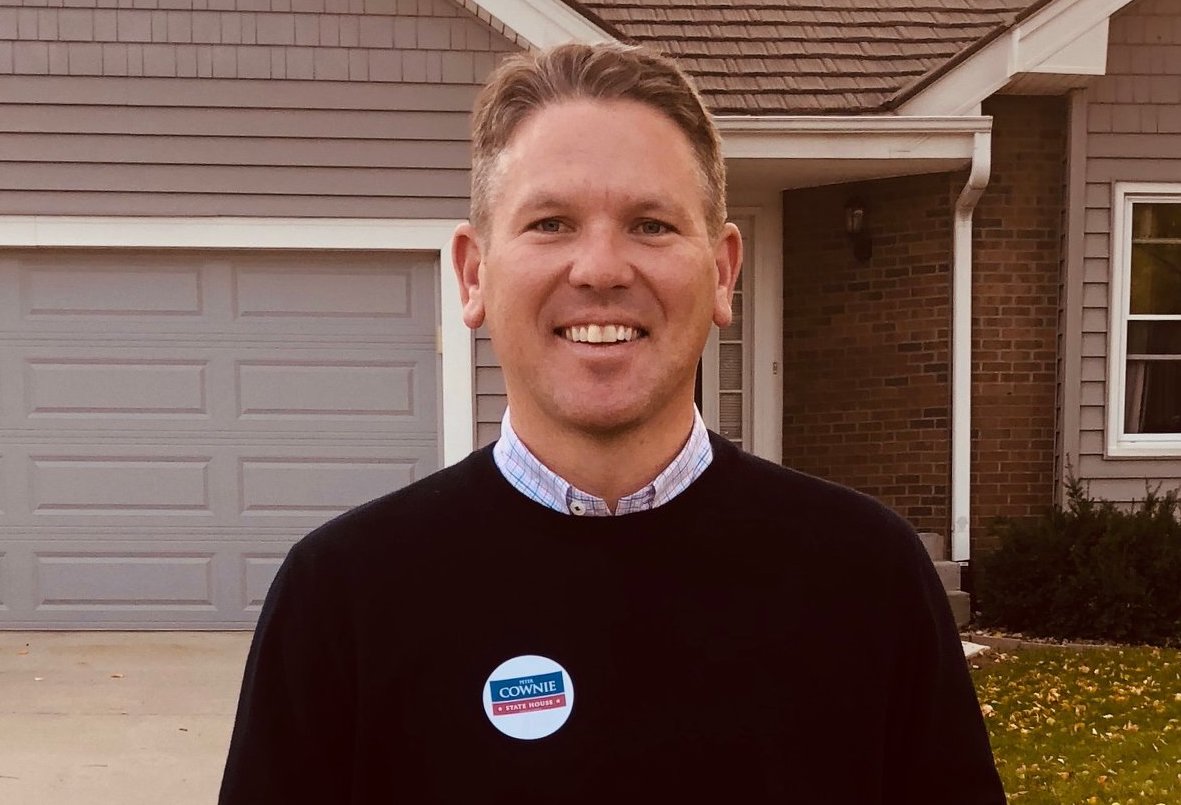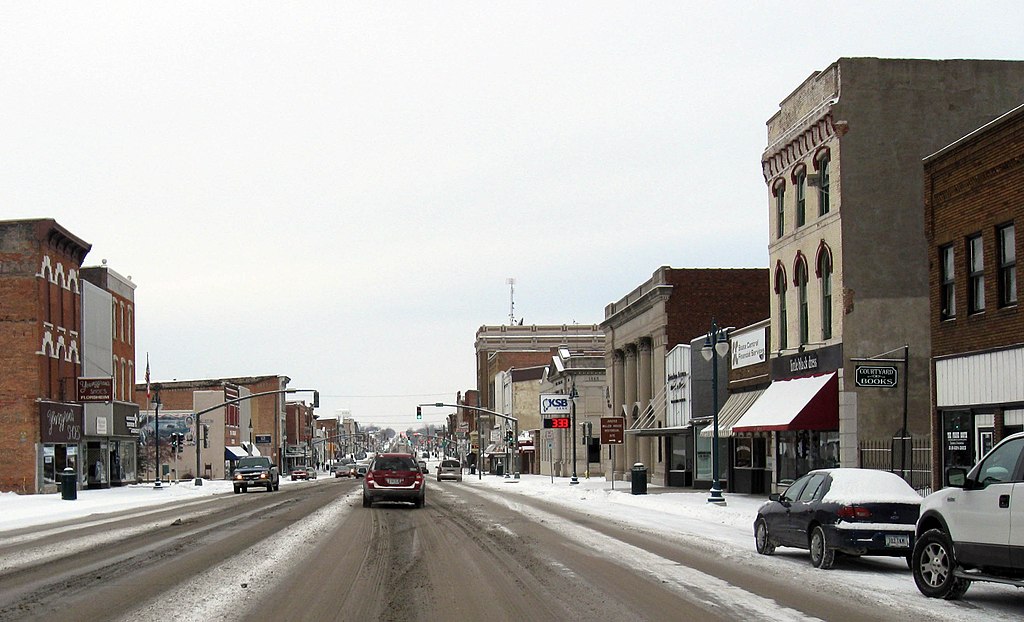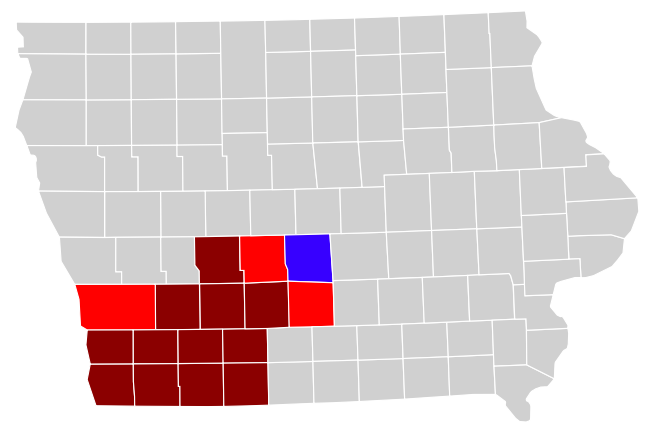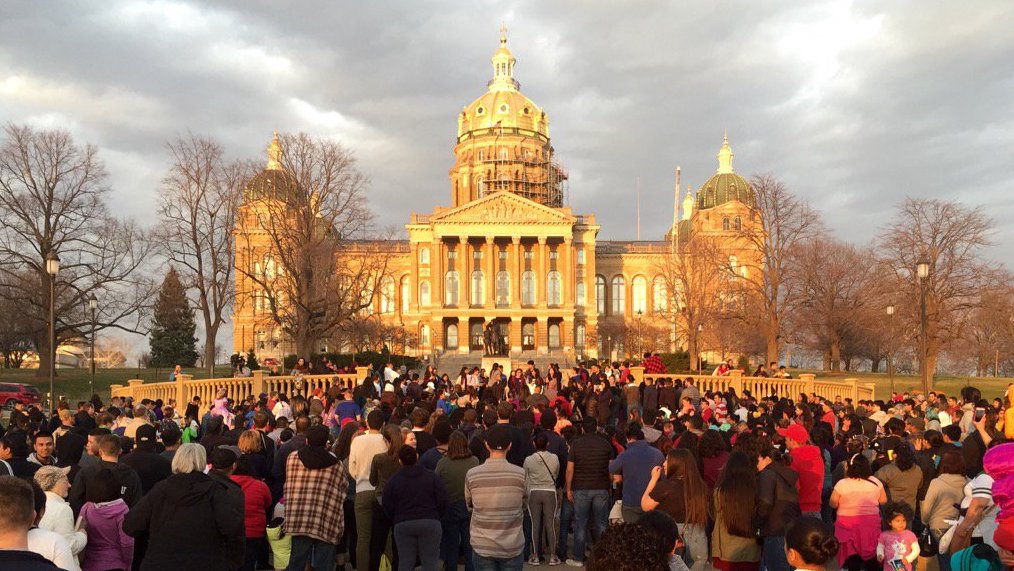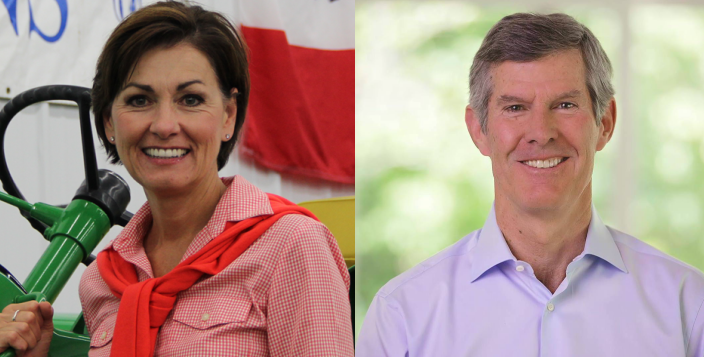Fourteenth in a series interpreting the results of Iowa’s 2018 state and federal elections.
The November election was the first since Republicans shortened our state’s early voting window. Proponents of the 2017 law, best known for requiring voter ID, never made a case for limiting early voting. Nor did they produce evidence of any problems caused by allowing Iowans to cast ballots 40 days before elections. (County auditors needed to have ballots ready anyway, since federal law requires them to send overseas military ballots 45 days in advance.)
The power play was inspired by a simple fact: Iowa Democrats rely more on early voting than do Republicans. Switching from 40 days to 29 gave Democratic volunteers two fewer weekends to “chase” absentee ballots.
Now that the statewide statistical report on the 2018 general election is available, we can see how early voting played out in a compressed time frame. Bleeding Heartland previously discussed notable findings on turnout rates for Iowans of different political affiliations, age groups, and gender.

